Y2K Navel Piercing Comeback: Hygiene Tips for the ‘Floating’ Trend
The Y2K era is back in full swing—low-rise jeans, chunky sneakers, and yes, belly button aesthetics. One of the most nostalgic yet refined elements of this resurgence? The floating navel piercing, featuring a subtle belly ring that seems to hover over the belly button with minimalist flair. But as you embrace this modern twist on an iconic look, here’s the critical truth: safe and smart belly piercing care is non-negotiable.
In this guide, we walk you through choosing the right navel ring, hygienic piercing practices, and a cleaning routine to embrace the floating trend without compromising on health or healing.
1. The Return of Floating Belly Rings
Today’s belly button rings are softer and sleeker than their Y2K predecessors. Instead of oversized gems, think petite gold jewelry or flat discs with internal threading—lightweight, classy, and every day-friendly. This “floating” style suits more body types, sits flush, and meshes effortlessly with modern minimalism.
Lifestyle updates mean people are combining these rings with multiple piercings or delicate charms, but maintaining proper aftercare becomes crucial when juggling multiple points of contact near your navel.
2. Studio Hygiene & Anatomy First
Before picking any belly ring, your piercer must evaluate your anatomy. Not all belly buttons are created equal—some navel types simply can’t hold a floating design safely.
A clean, credentialed studio is essential:
• Expect sterilization via autoclave, sealed needles, gloves, and implant-grade materials for your belly piercing.
• Beware of piercing guns—they’re quick, but can be traumatic and less sterile than needles.
Only choose studios that prioritize hygiene, comfort, and personalized aftercare advice.
3. Selecting Your First Navel Ring
Your navel jewelry sets the stage for healing:
• Stick to implant-grade metals—titanium, surgical steel, niobium, or 14K+ gold—to reduce allergic responses and irritation.
• Flat internal discs and short barbells are ideal for floating piercings: they stay flush, avoid catching on clothes, and allow more freedom.
• Avoid dangly belly button rings in the early months—reserve them for post-healing style.
4. What to Expect: Healing Timeline
Navel piercings take time—often longer than ear or nose piercing:
• Initial healing takes 3–6 months, but full maturity can be closer to 9–12 months.
• You’ll notice fluid discharge, small crusts, and occasional tenderness—everything expected in normal healing.
Patience and consistency are key. Rushing to change jewelry too soon can lead to irritation or bumps.
5. Do’s vs Don’ts
✔️ Do
• Stick to the two-times daily cleanse
• Wear loose, low-rise clothing to prevent friction
• Use gentle, flat belly jewelry
• Replace pillowcases regularly and consider a protective pillow
• Eat well and stay hydrated for optimal healing
❌ Don’t
• Use alcohol, peroxide, ointments, or scented creams—they disrupt healing
• Rotate or change jewelry too early (wait at least 6 months)
• Swim in pools, hot tubs, or bodies of water during healing
• Let your clothes or accessories rub harshly against the piercing
6. Troubleshooting: Irritation & Bumps
Even with clean care, floating piercings can develop pressure bumps or inflammation:
• Flatten discs reduce friction.
• Apply a warm saline compress to soothe and reduce swelling.
• Re-evaluate the jewelry choice—let your piercer adjust size or style if needed.
7. Red Flags: When to Seek Help
Contact your piercer or a medical professional if you notice:
• Intense redness, heat, swelling, or throbbing.
• Yellow/green discharge or foul odor.
• Fever or spreading redness.
• Jewelry visibly moving or skin thinning around the site.
Pearly fluid or slight crusting is normal—true infection symptoms call for expert attention.
8. Styling with Confidence
Materials: 925 Sterling Silver · Plating Options: Yellow Gold, Silver, Rose Gold, or Black.
Once healed, your Floating Belly Button Ring becomes more than just body jewelry—it’s your personal style statement. Choose a Flower Dangle Belly Button piece or one of the other Cute Belly Rings to enhance your look with a subtly sophisticated sparkle. Tiny charms, and pair with stacked rings or minimalistic chains for an elevated, refined aesthetic. Keep the base bar sleek and flat—dangly pieces add flair without disrupting healing.
This modern take mirrors the renewed Y2K vibe—denim lows and floating piercings are making a comeback—and experts say minimalist, “floating” designs are in vogue because they complement active lifestyles and chic, understated trends.
Final Takeaway
1. Choose smart: anatomy evaluation + hygienic studio = strong foundation
2. Pick safe jewelry: implant-grade, flat, and snag-resistant
3. Maintain daily care: sterile saline, clean hands, gentle handling
4. Protect healing: avoid harsh products, pressure, or premature changes
5. Watch closely, act fast on warning signs
6. Continue care, even after healing, to enjoy long-term health and style
With the resurgence of the floating belly button ring, your Y2K comeback can look elegant, feel fresh, and stay worry-free. Follow these hygiene tips and you'll not only wear the trend, but wear it well.
For more expert hygiene guidance and beautifully curated belly jewelry pieces, visit us at Thethnicjewels.com.
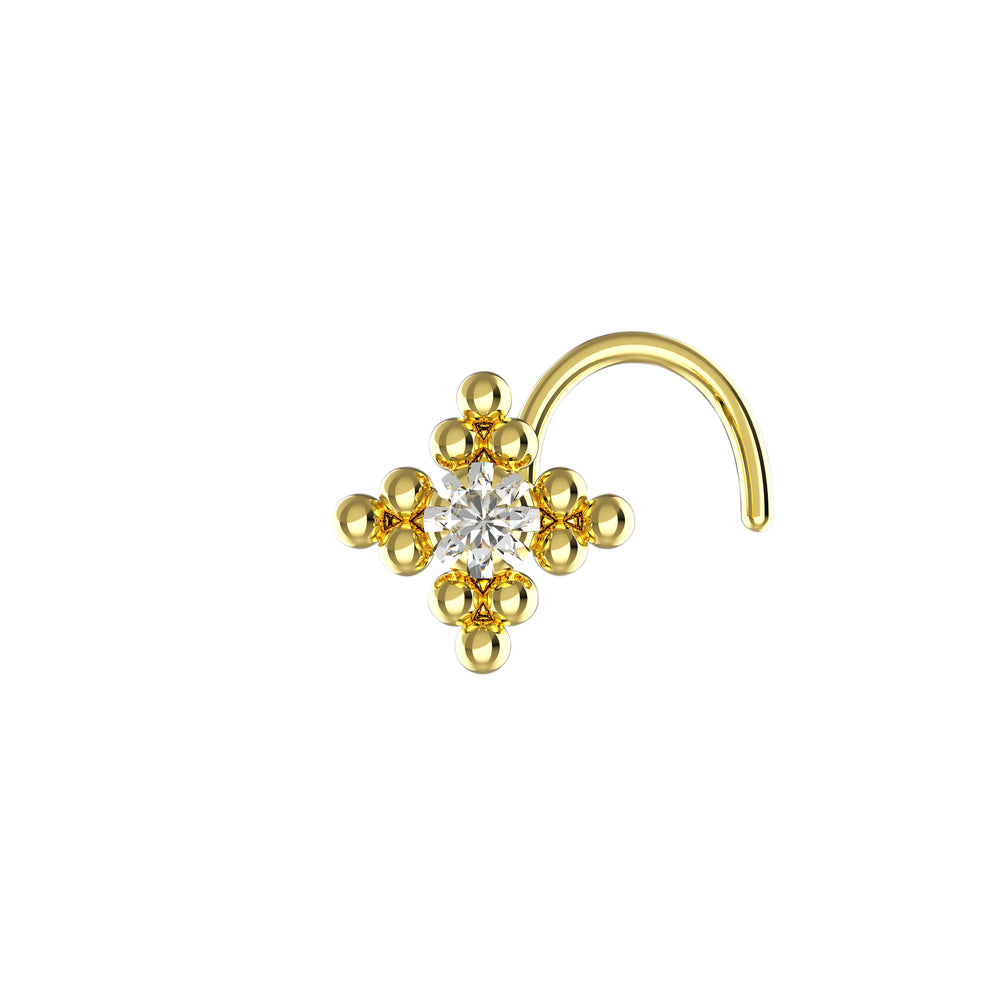
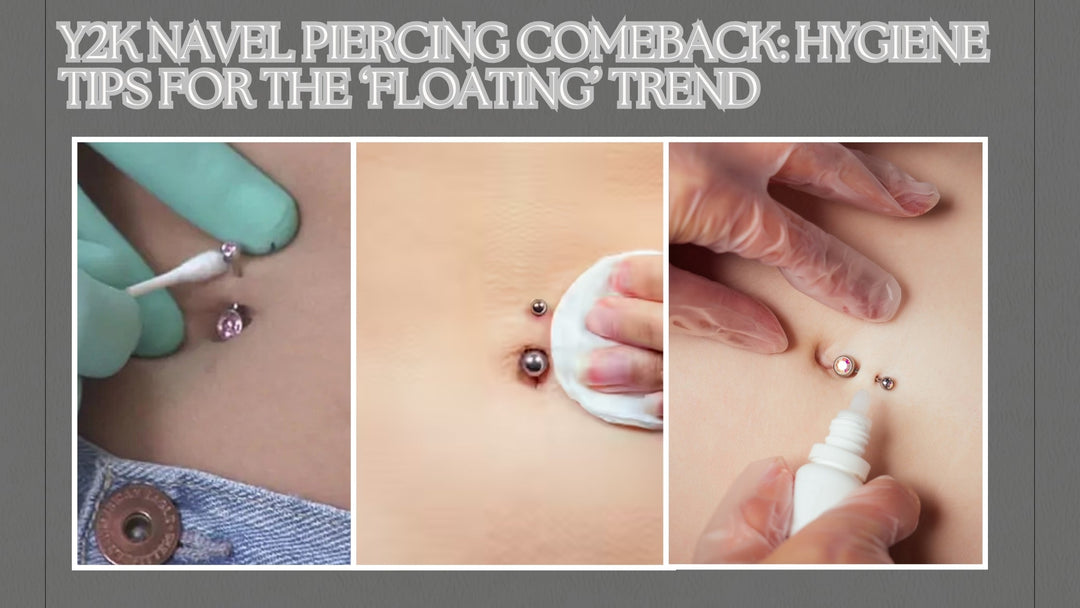


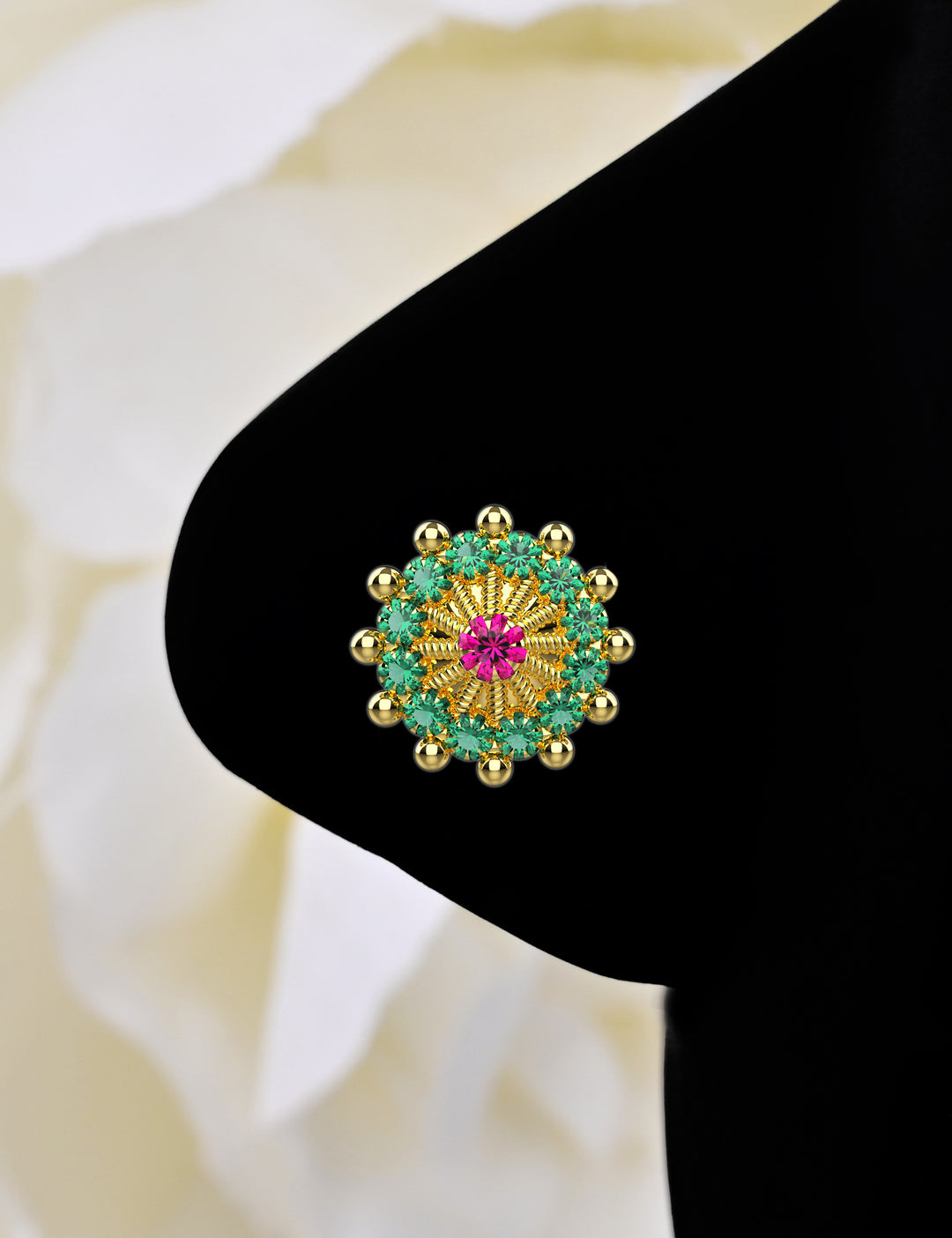
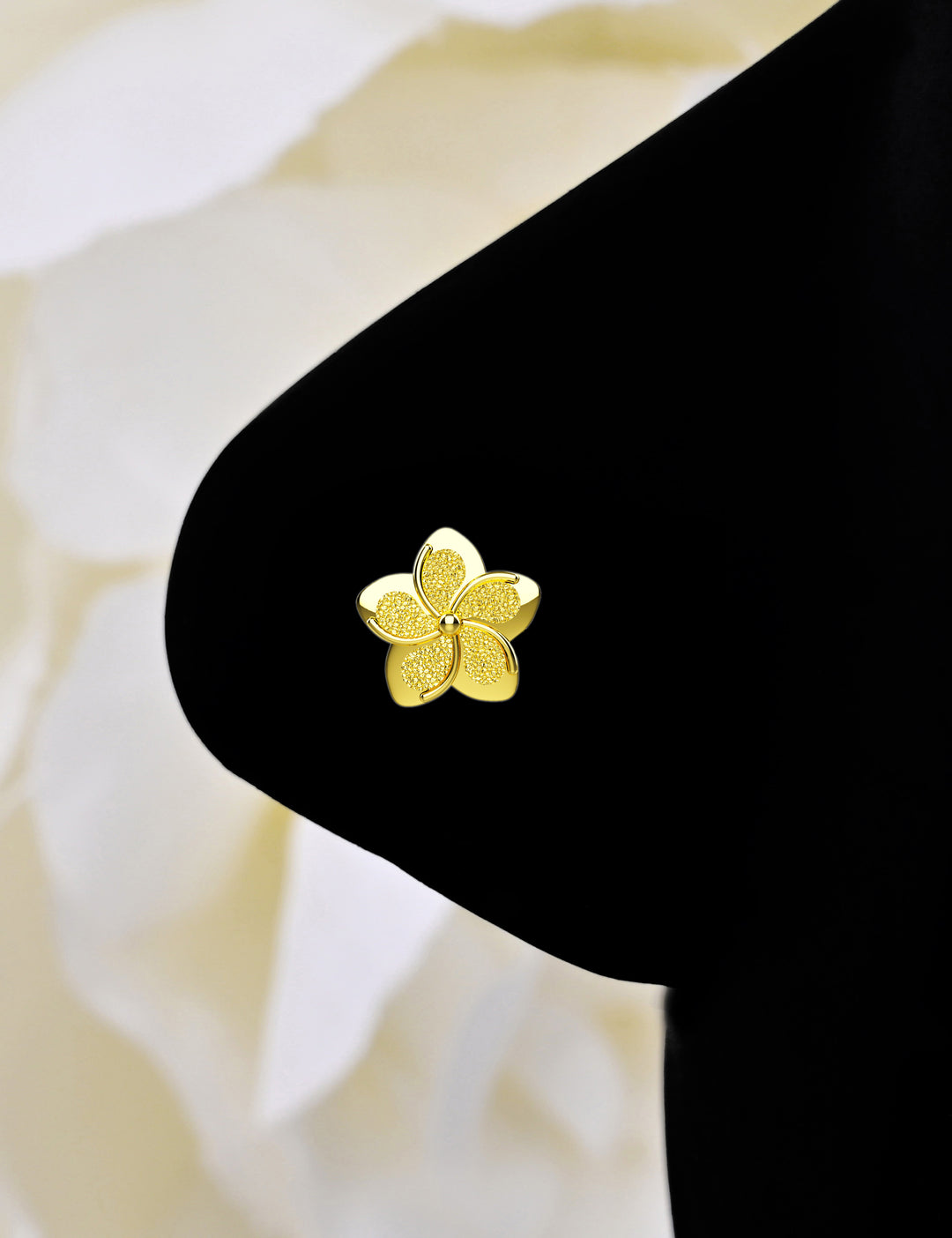
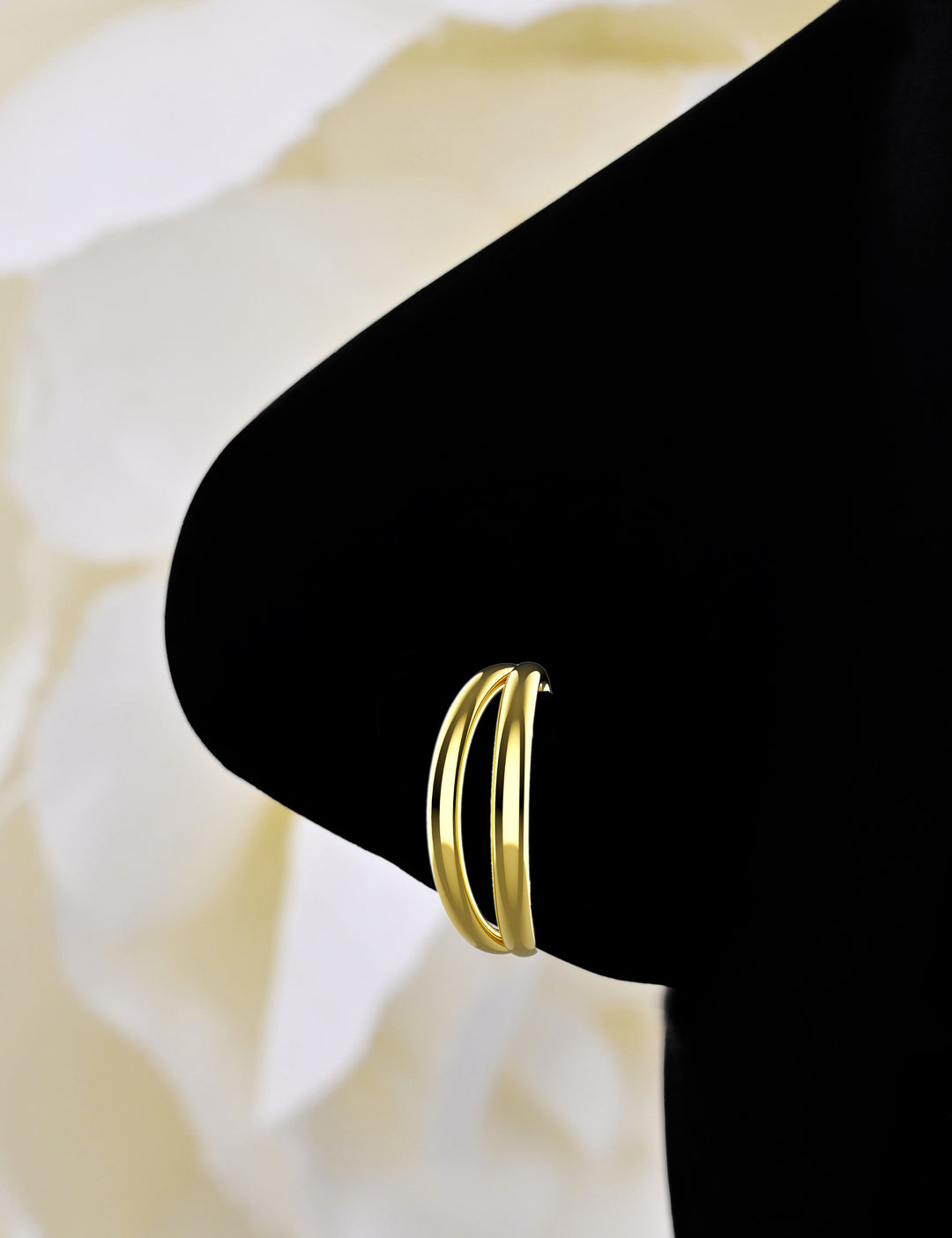
Leave a comment